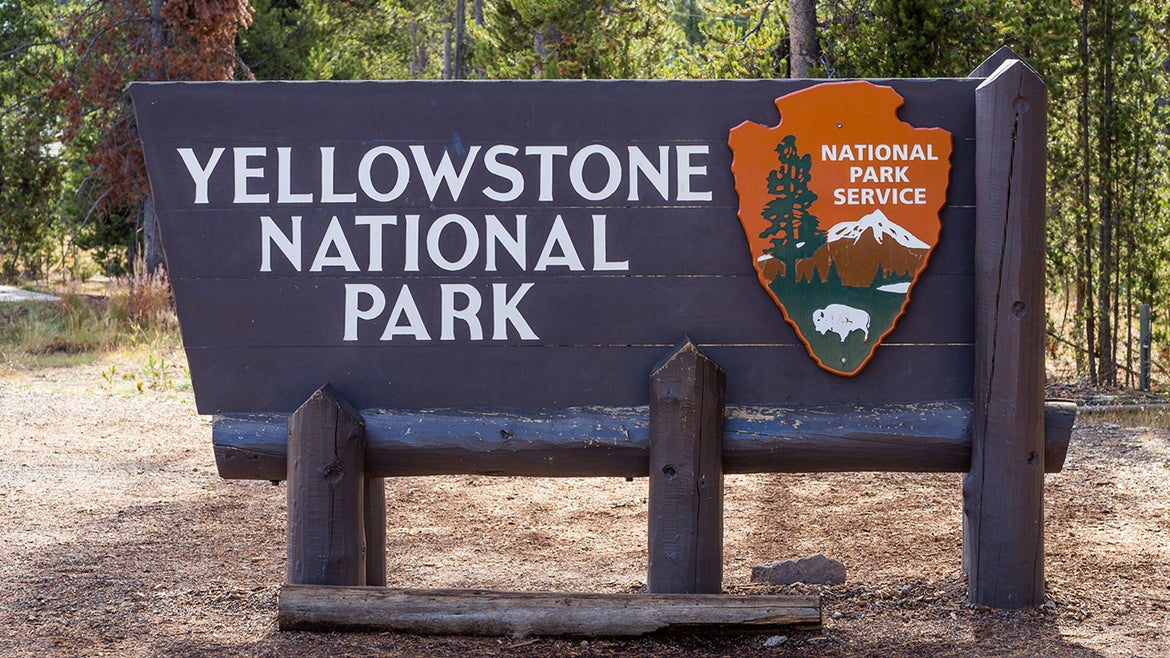Mark Lantis, a 40-something-year-old man, was ordered to repay the National Park Service $2,880 for the helicopter rescue after park rangers said he willingly caused public alarm and "disregarded a risk he was aware of," court documents stated.
A 40-something-year-old man was ordered to pay $2,880 for the cost of the helicopter rescue and received a 5-year ban from Yellowstone National Park after he got lost hunting for the fabled Forrest Fenn Treasure. The appellate court ruled Tuesday that he “disregarded a risk he was aware of,” and went on to cite him for a misdemeanor charge of reckless disorderly conduct.
Mark Lantis’ misfortune began in the summer of 2018, when his mom dropped him off at the Mount Holmes trailhead so he can go looking for the Forrest Fenn Treasure, according to court documents.
The treasure, hidden by New Mexico art dealer and author Forrest Fenn, is a cache of gold and jewels valued as high as $2 million and hidden somewhere in the Rocky Mountains. Fenn had been diagnosed with terminal cancer in 1988 when he decided to hide the treasure chest and challenge the public to find it, although he recovered from the cancer and ultimately died in September 2020.
Lantis, the latest of many treasure hunters after Fenn’s fortunes, had been wearing a t-shirt, jeans, a light windbreaker, and tennis shoes the day he embarked on his hunt, and brought with him a backpack, shovel, water, several cans of bear spray, a cellphone, a walkie talking and a GPS unit, court documents stated, pointing out that he did not bring any food for the daytrip.
He reached the base of Mount Holmes, but wandered off the trail on his descent, according to court documents.He said he believed the route he took would lead him downhill faster, and he didn’t want to pass by the bear fur and droppings he saw on the way up, court documents said.
Realizing he wouldn’t make it out of the park by dark, he called his sister to let her know where he was, then spent the night “wet, cold, scared,” he said, according to court documents.
The following day, Lantis’ mom called park rangers, who tried to help him out of the backcountry, where not many park personnel frequented due to a big population of mountain lions, bears and wolves, and back to a marked trail by getting his GPS coordinates and giving him directions over the phone, the court documents said.
But Lantis was eventually “unable to continue,” and requested a rescue, court documents stated. It was too late in the day – nearly 6 p.m. – for any park ranger to hike to him, so they sent a helicopter, the court document read.
The ranger later cited him for disorderly conduct, claiming Lantis knowingly got himself in a situation that caused public alarm.
Lantis is not the only person to have found themselves in a dangerous position while looking for Fenn’s Treasure. In fact, of the approximately 350,000 people who have sought the treasure, at least five people have died searching for the trove.
Fenn originally only said that the treasure was hidden somewhere north of Santa Fe, but eventually went on to reveal more clues and hints in his 2010 self-published memoir, “The Thrill of the Chase: A Memoir,” leading to renewed vigor in the search.
Fenn has been embroiled in many controversies in his lifetime – including an FBI raid over artifact-looting, during which items were seized from his home but he was never charged, according to the Santa Fe New Mexican.
Some even believed the treasure wasn't real. “CBS This Morning” anchor Tony Dokoupil told Inside Edition last year, "Forrest told me his plan was to entomb himself along with the treasure."
But Fenn revealed the treasure was discovered in the summer of 2020, by a man named Jack Stuef.
Fenn did eventually reveal proof the treasure was found, releasing a photo of the chest taken shortly after its discovery. It contained pre-Columbian artifacts and gold coins, appraiser Dr. Lori Verderame told Inside Edition, adding that the total value of the treasure is "easily $1 million."
Verderame pointed out a coin known as the "ship of gold," dating back to the year 1857. "That particular coin has a market value just about $15,000 for one coin," she said.
Another coin, called "walking liberty" was minted in 1927 and is worth $2,000. One item could be a solid-gold Inca figure, estimated at $10,000 or more. And the box alone could be worth $15,000.
Struef said he originally wanted to remain anonymous “because Forrest and his family endured stalkers, death threats, home invasions, frivolous lawsuits and a potential kidnapping,” according to a post on Medium.
Struef said he was eventually forced to reveal his identity when another treasure hunter from Chicago pursued a lawsuit against him in late 2020, claiming Streuf hacked into her cellphone in order to access research she had conducted over the years.
Struef said the claims were meritless, in his post on Medium. He also said he never intends on revealing where in Wyoming he found the treasures, or how he got to the spot.






